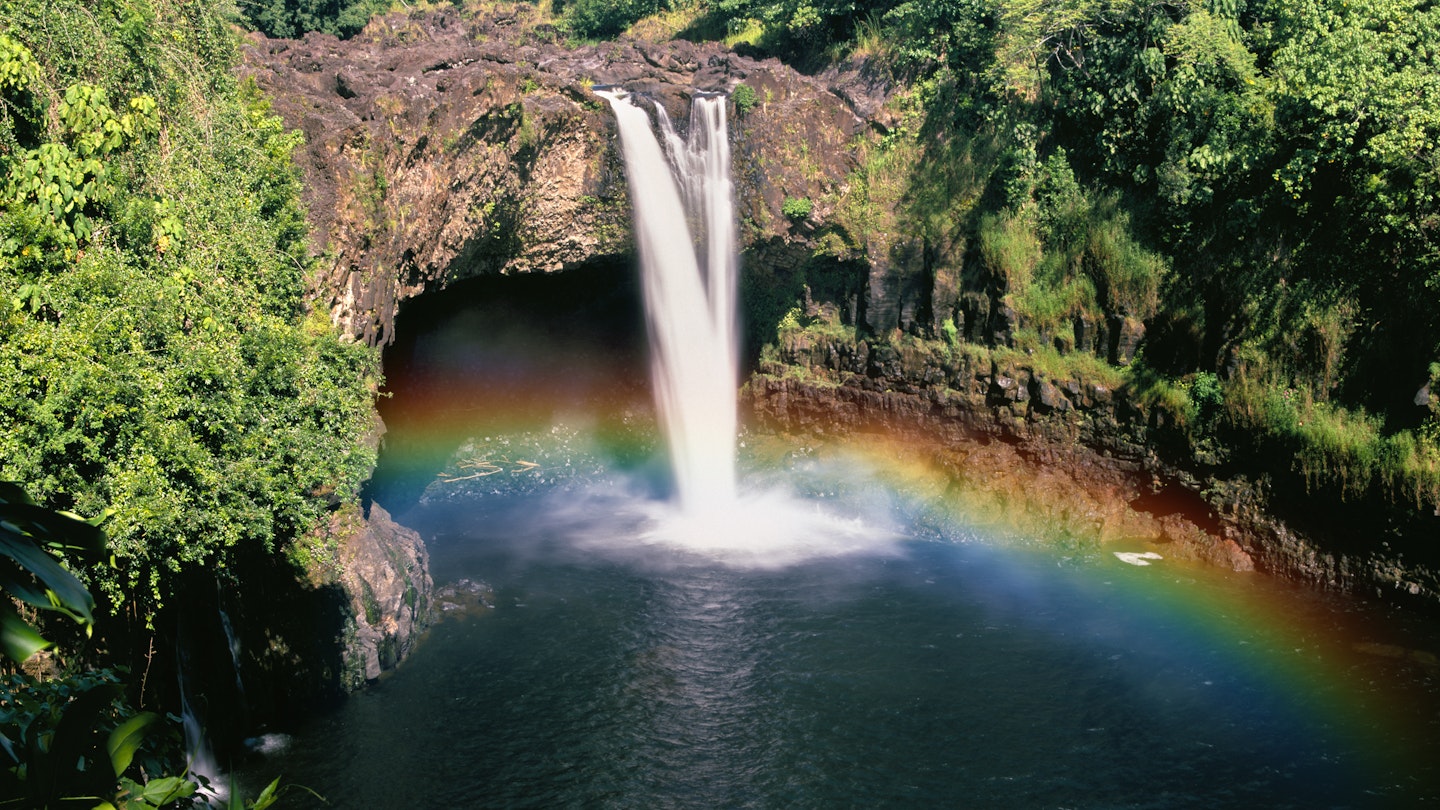Hawaii: The Rainbow Capital of the World
A new study has suggested that Hawaii is the best place on Earth to experience the wonder of rainbows. These multicolored meteorological phenomena are caused by reflection, refraction, and dispersion of light in water droplets, resulting in a spectrum of light appearing in the sky in a circular arc. Consequently, researchers maintain that Hawaii is the rainbow capital of the world.
The Science Behind Hawaiian Rainbows
In the study, The Secrets of the Best Rainbows on Earth, Dr. Steven Businger explains that rainbows found in Hawaii are so stunning that visitors and locals frequently stop to photograph the brilliant bands of light. They are commonly observed in the spray blown up by wind from large, fast-moving wave crests breaking near the shore.
One significant reason for this phenomenon is Hawaii’s location at approximately 20°N latitude in a subtropical region dominated by the Hadley cell. This positioning results in subsidence and generally clear skies, creating optimal conditions for rainbows along with prevailing northeast trade winds.
Optimal Conditions for Rainbow Sightings
Hawaii’s trade wind weather is characterized by convective showers with clear skies in between. According to the study, the spacing of these showers is sufficient for sunlight to reach the rain below, leading to ideal conditions for rainbow sightings. At night, the warm sea surface heats convection from below, while radiation cools cloud tops, resulting in deeper rain showers in the morning that produce rainbows just in time for breakfast.
- Mountainous Terrain: The unique mountainous character of the Hawaiian Islands plays a crucial role in frequent rainbow sightings. The varying topography across the islands creates sharp gradients in clouds and rainfall.
- Clear Conditions: The breaks in showers allow light to filter through, enhancing the visibility of rainbows.
Cultural Significance of Rainbows in Hawaii
Businger, an atmospheric scientist at the University of Hawaii at Mānoa, notes that rainbows hold a special place in Hawaiian culture. They appear in chants and legends, and their significance is reflected in local languages, which feature numerous terms to describe different types of rainbows. These include:
- Earth-clinging rainbows: Uakoko
- Standing rainbow shafts: Kāhili
- Barely-visible rainbows: Punakea
- Moonbows: Ānuenue kau pō
The full report can be found in the Bulletin of the American Meteorological Society here.





